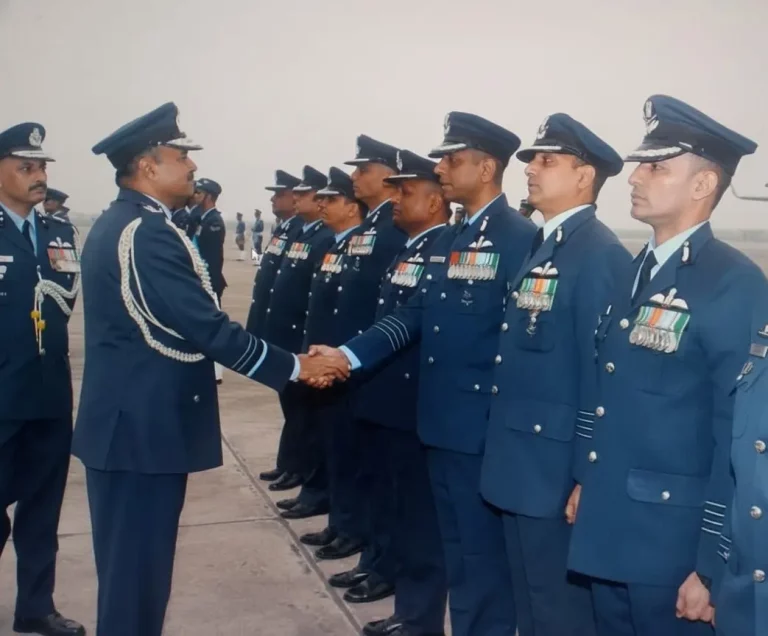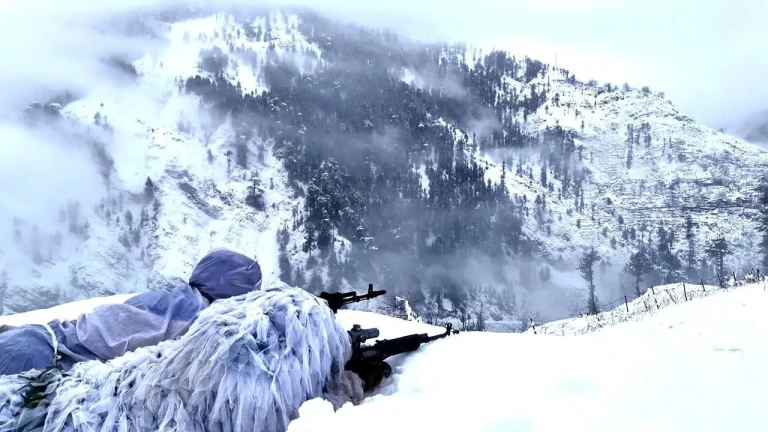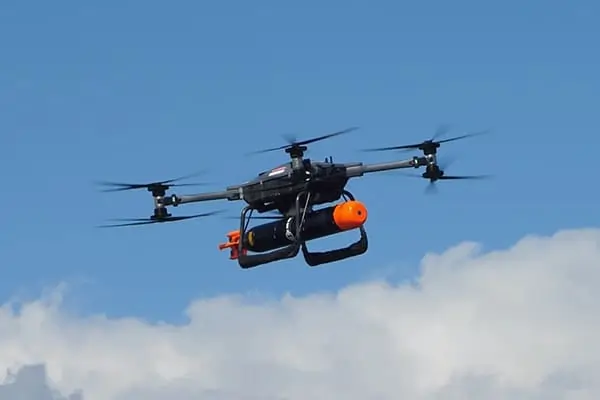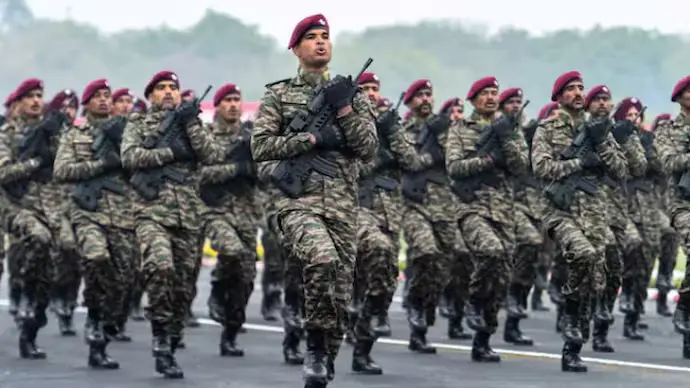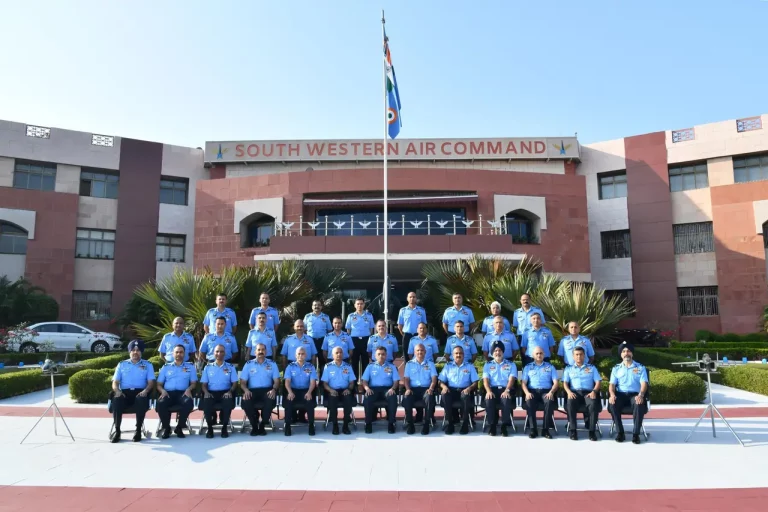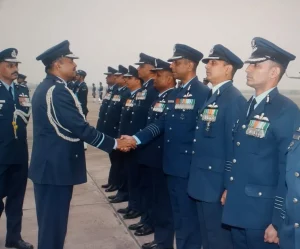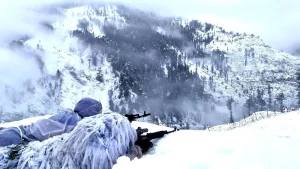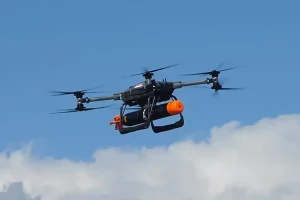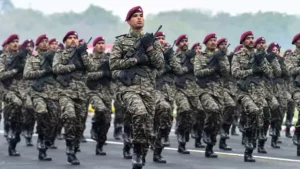The Indian Army’s growing role in national disaster management came into sharp focus during a high-level symposium at the College of Military Engineering in Pune. Southern Army Commander Lieutenant General Dhiraj Seth highlighted this evolution in disaster response, particularly following the swift action taken during the recent Air India AI-171 crash in Ahmedabad.
This event, entitled ‘Exercise Durg Vishwas: Role of Corps of Engineers in National Disaster Management Framework – Risk, Resilience and Response,’ gathered senior leaders from various sectors, including the Indian Army, the National Disaster Management Authority (NDMA), and state disaster agencies. The primary aim was to enhance inter-agency coordination, improve national readiness, and foster civil-military collaboration in crisis situations.
Lt Gen Seth, as the Chief Guest, underscored that disaster relief has transitioned from an occasional task to an essential operational mandate for the Army. He noted, “The Army’s pan-India deployment positions it uniquely as the first responder when civilian resources are overwhelmed.” Referring to the quick mobilization of over 150 Army personnel, including engineers and medical teams within minutes of the incident, he provided a detailed account of the Army’s actions in the aftermath of the Air India crash. He pointed out that the decision to breach the wall separating the military hospital from BJ Medical College, which was also affected, was critical in saving lives.
The symposium also featured notable speakers such as Lt Gen Arvind Walia, the Engineer-in-Chief, who elaborated on the Corps of Engineers and their pivotal role in national resilience amid various types of emergencies, including natural disasters and industrial accidents. Additionally, Lt Gen Syed Ata Hasnain (Retd) and Rajendra Singh from the NDMA addressed the attendees, sharing insights on strategic disaster management.
Key conclusions from the symposium included the necessity for integrated communication protocols between the NDMA, state authorities, and military forces. Further recommendations included heightened investments in training and disaster simulations, strategic pre-positioning of engineering assets, and improved preparedness for Chemical, Biological, Radiological, and Nuclear (CBRN) threats. The release from the event emphasized the importance of institutionalizing lessons learned to better inform future doctrines and training regimens.
Ultimately, the symposium served as a reaffirmation of the Indian Army’s commitment to national disaster response efforts, showcasing its agility, engineering prowess, and the importance of seamless collaboration with civilian agencies in managing crises effectively.



